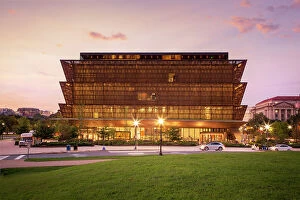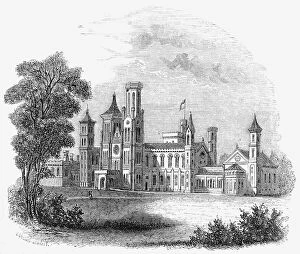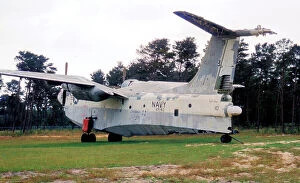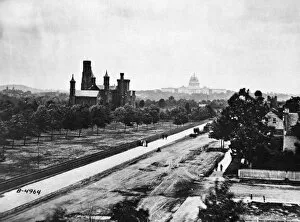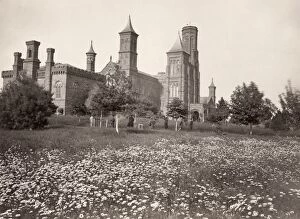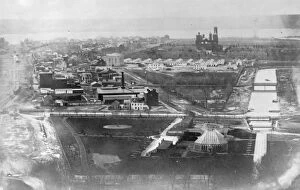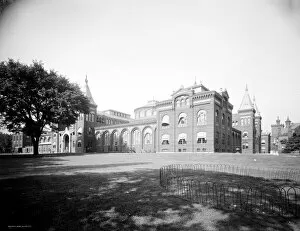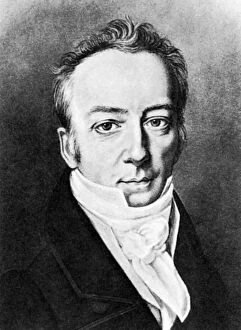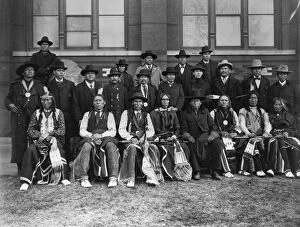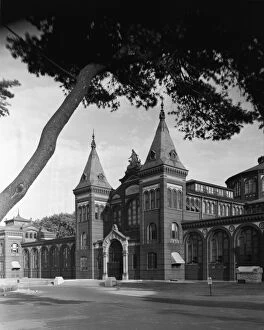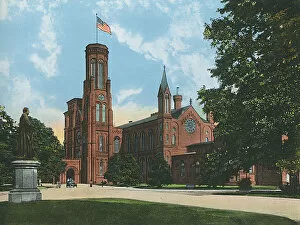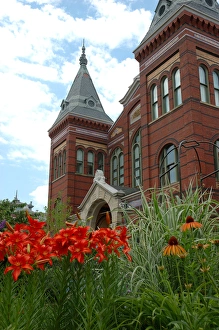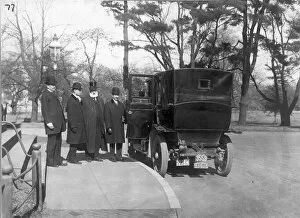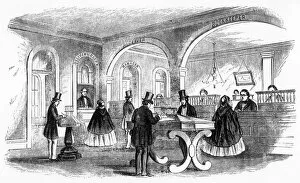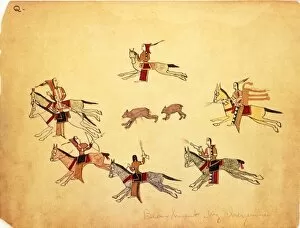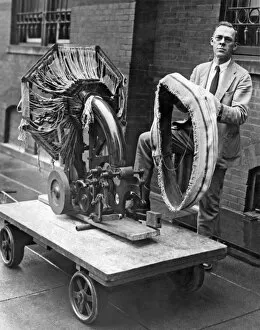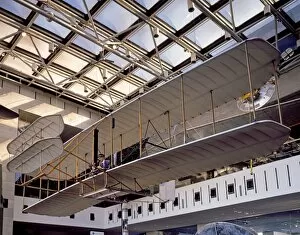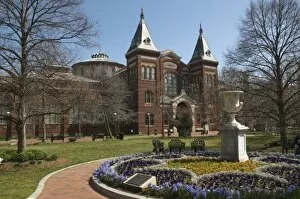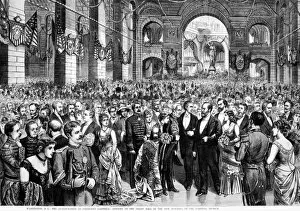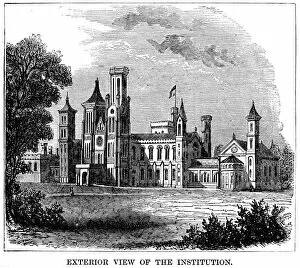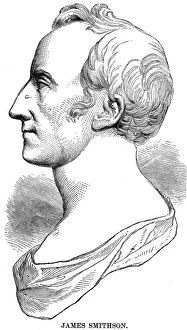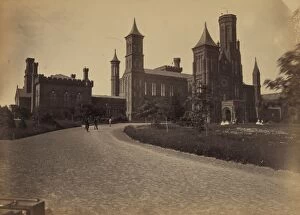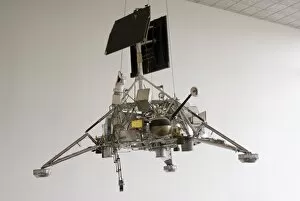Smithsonian Collection
The Smithsonian Institution, located in Washington, D. C. , is a treasure trove of history and innovation
All Professionally Made to Order for Quick Shipping
The Smithsonian Institution, located in Washington, D. C. , is a treasure trove of history and innovation. One of its most iconic attractions is the Air and Space Museum, where visitors can marvel at aircraft that have shaped our skies. From the Lockheed P-2H Neptune to the Martin SP-5B Marlin, these magnificent machines showcase mankind's quest for flight. But the Smithsonian is not just about aviation. It houses an extensive collection of artifacts from various fields, including technology. The Velocipede from 1914 stands as a testament to human ingenuity in transportation, curated by George C. Maynard himself. Founded in 1846, the Smithsonian Institution has been preserving America's heritage for over a century and a half. Its commitment to education and research is evident in every wood engraving displayed within its walls. Beyond its exhibits lies the grandeur of Washington DC itself - with snow-covered landscapes transforming even the iconic Smithsonian Castle into a winter wonderland. Venturing further into the National Mall reveals more wonders awaiting discovery. The National Museum of Natural History beckons with its vast collections that unravel Earth's mysteries through time. None of this would be possible without visionary leaders like Spencer Fullerton Baird who dedicated their lives to expanding knowledge and fostering curiosity among generations to come. As you explore each corner of this remarkable institution, whether it be at the Air and Space Museum or gazing upon historic engravings or strolling along snowy paths outside its walls - one thing becomes clear: The Smithsonian truly embodies America's spirit of exploration and preservation.


